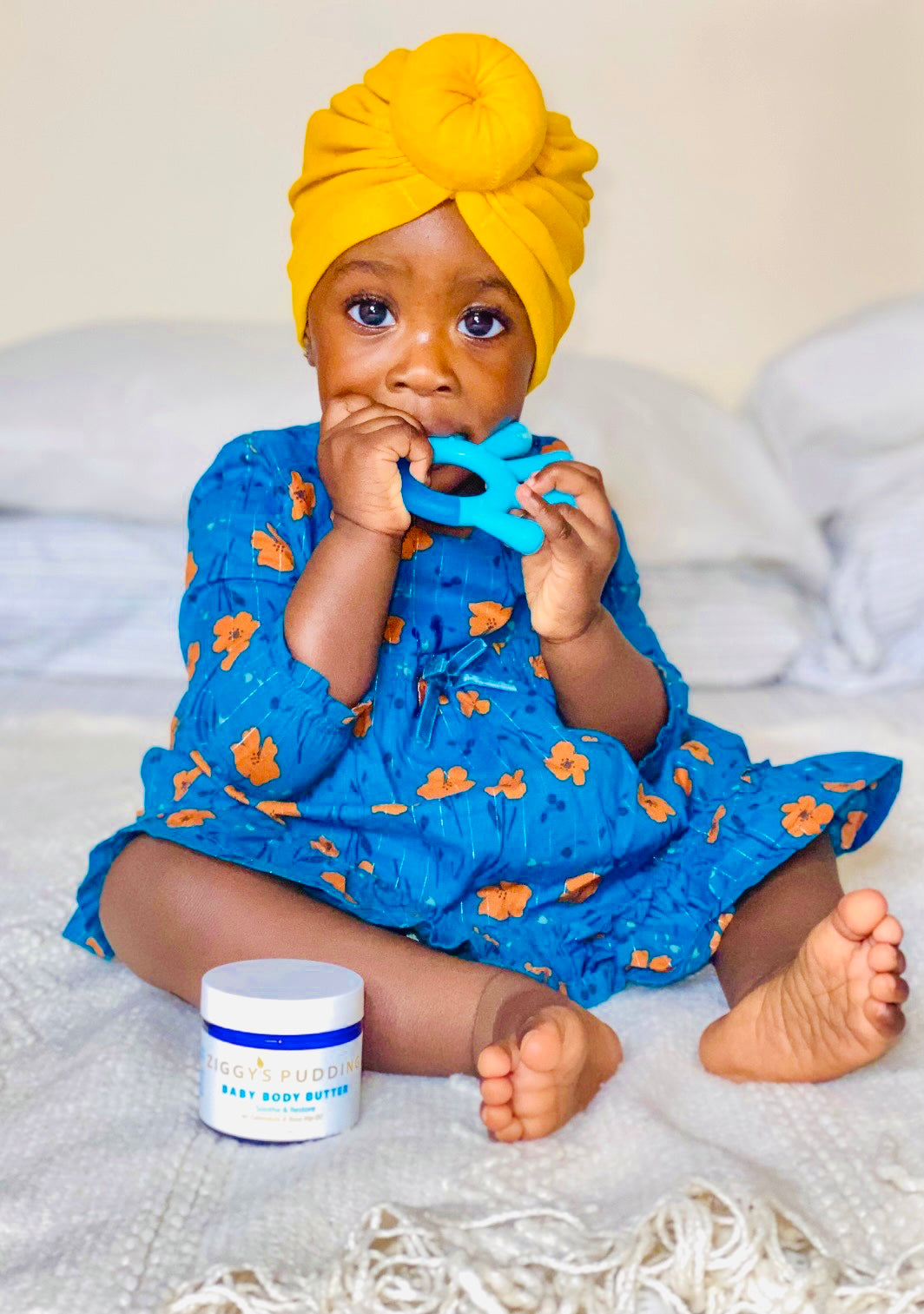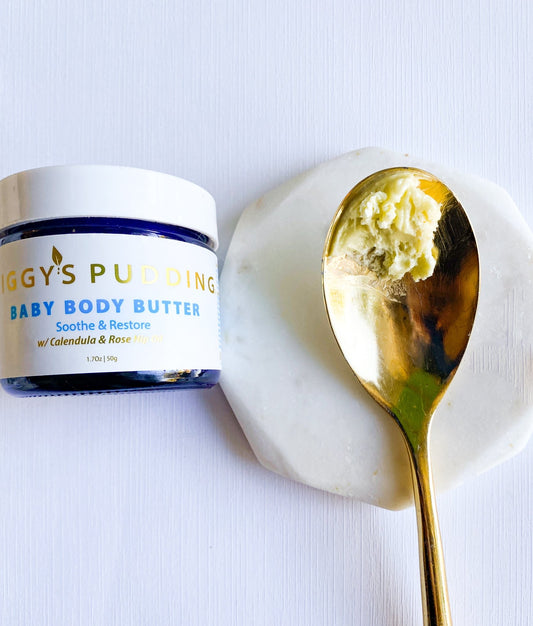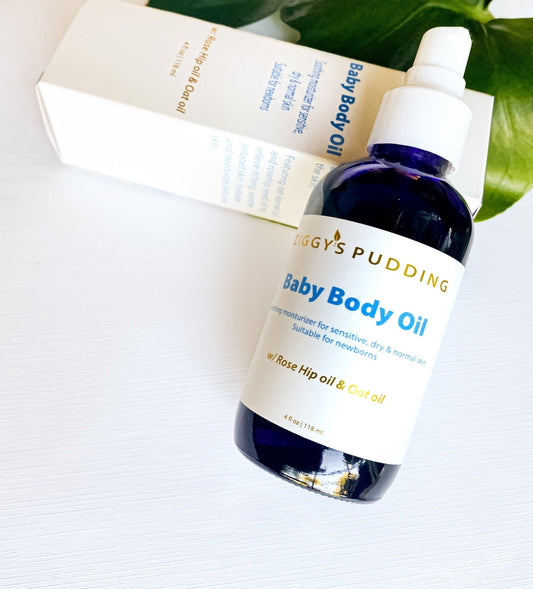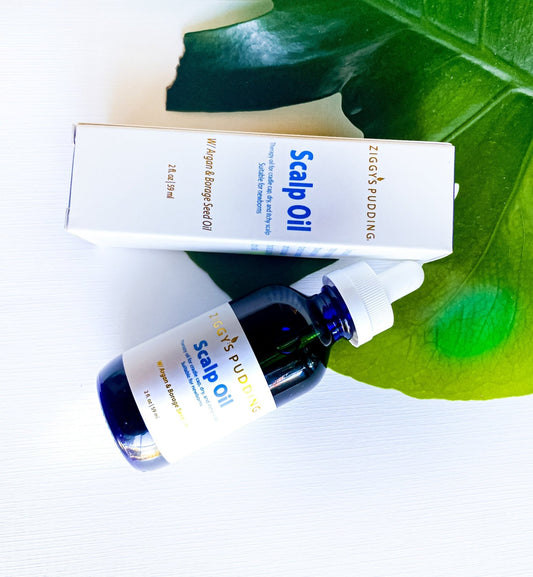Atopic dermatitis
is one of the most common types of eczema found especially in children. There are an estimated 9 million children in America and 16 million adults affected by atopic dermatitis. This condition is chronic, meaning it’s long lasting and will have flare ups throughout life.
Atopic dermatitis causes the skin to become itchy, red and in darker skin tones, purple or brown.
What causes atopic dermatitis?
The causes are unknown but new research suggests that some people with atopic dermatitis especially, have a mutation in the gene responsible for creating filaggrin. Filaggrin is a protein responsible for helping us build and maintain a healthy, protective barrier on the top layer of the skin.
When there is not enough filaggrin, the skin barrier becomes compromised and prone to moisture loss and infection from bacteria and viruses. We find that most of us with atopic dermatitis typically have dry, infection prone skin.
Other causes of Atopic dermatitis include food allergies, environmental factors, soaps, and detergents.
Who gets it?
Atopic dermatitis usually begins in the first six months of a baby’s life. For some children, it may go away as they grow but for others, they experience flare ups well into adulthood. It's the most common type of eczema, it is also the most long lasting and can be severe.
With some babies, improvements are noticed over time, whereas some only experience their eczema worsening over time.
People with a history or a family history of asthma or hay fever are more likely to develop atopic dermatitis.
What are the symptoms of atopic dermatitis?
- Dry, patchy skin
- Itchy skin which is more severe at night
- Small raised bumps
- Small fluid filled bumps that may crust over when scratched
- Raw, swollen skin
- Thickened, scaly and cracked skin
Some people with atopic dermatitis are at risk of developing other types of eczema such as irritant/contact dermatitis, skin infections from constant scratching, sleep issues from the continuous itch-scratch-cycle.
What to do about it???
>Consider adding a shower filter to your shower, chlorine can be irritating and drying to the skin. It’s even more of a problem for eczema sufferers.
>Take shorter showers and baths: long showers and baths are so comforting but water tends to dry out the skin even more. So taking shorter 10-15 minute baths and showers helps prevent moisture loss and dry skin.
>Find out your triggers: this one is the most important in my opinion because you can tackle eczema from a place of power and more easily manage flare ups. Some triggers could be food such as dairy, soy, wheat and/or certain detergents.
>Use gentle moisturizing soaps, avoid fragranced cleansers as well as antibacterial soaps since they tend to strip the natural oils from the skin.
>Be diligent and moisturize 3-4 times a day using an oil based moisturizer. These moisturizers tend to stay on the skin longer, working as an occlusive to prevent moisture loss.
>Cut your nails and baby’s nails often, scratching can lead to micro cuts which can lead to an infection.
>Wash your hands before applying your moisturizer, again, cleanliness is key to preventing an infection during an eczema outbreak.
>Oatmeal baths can be very helpful in calming the itch associated with atopic dermatitis.
As we know, there are no cures for eczema, there are treatment and management techniques that have proven effective for people over time. Seek a healthcare professional if you notice symptoms of an infection like increased redness, pus, and yellow scabs.
Soothing relief is available now, just click here to learn more about our signature baby body butter.





